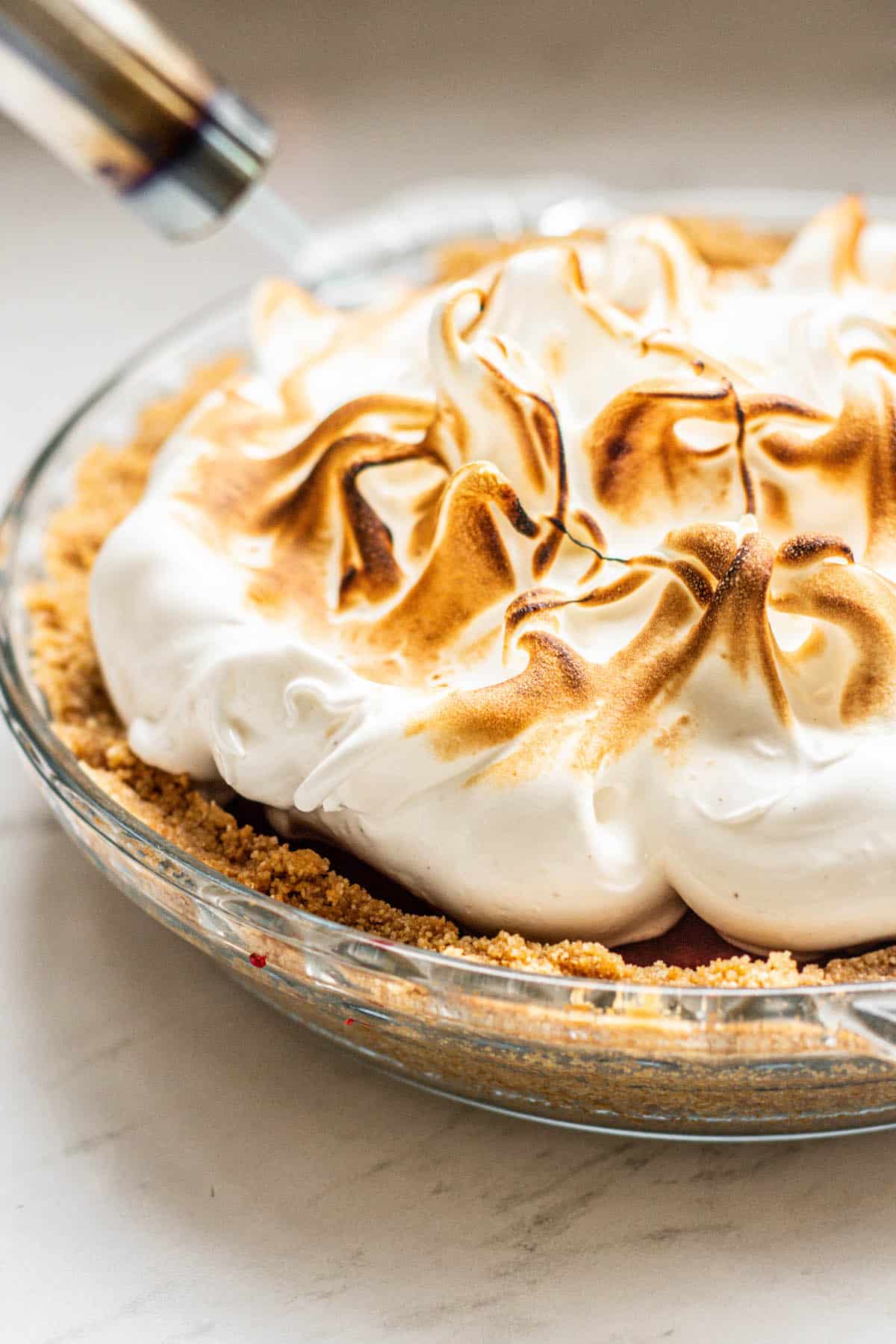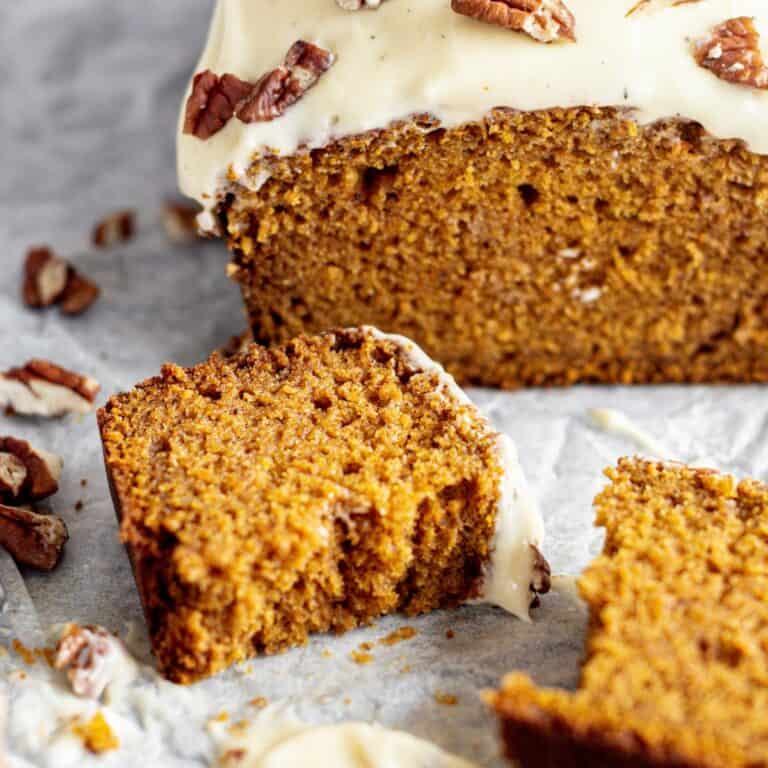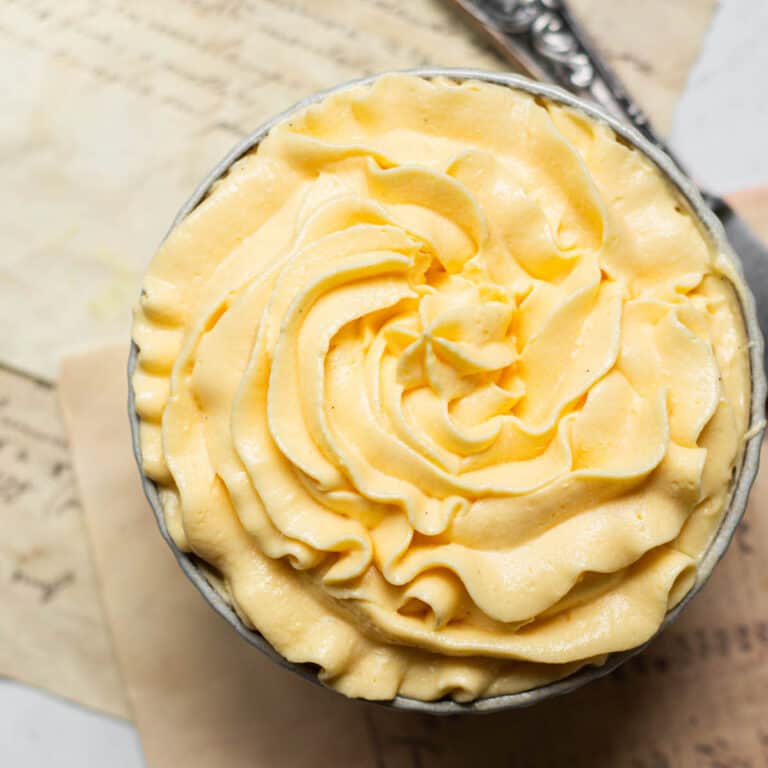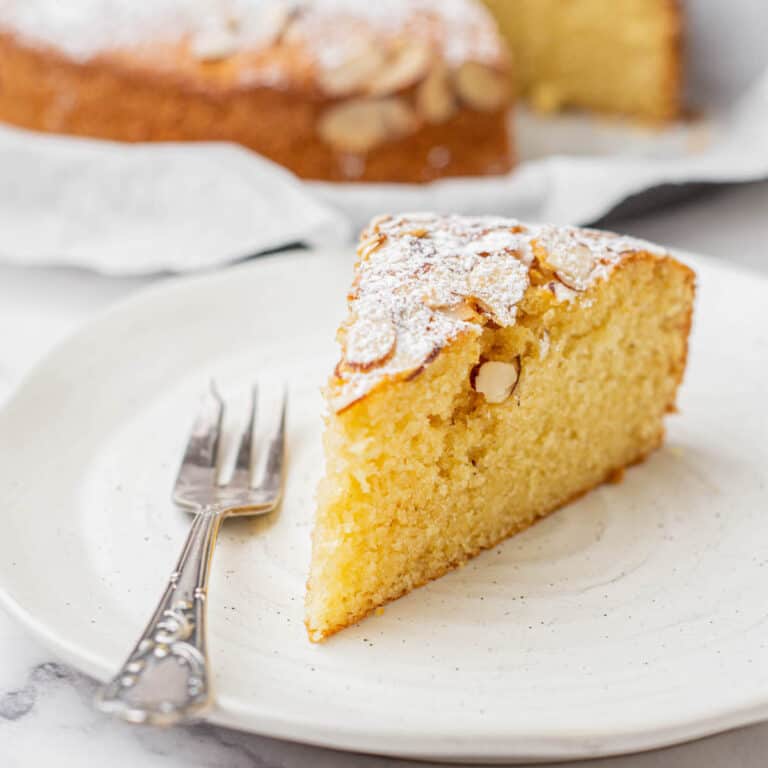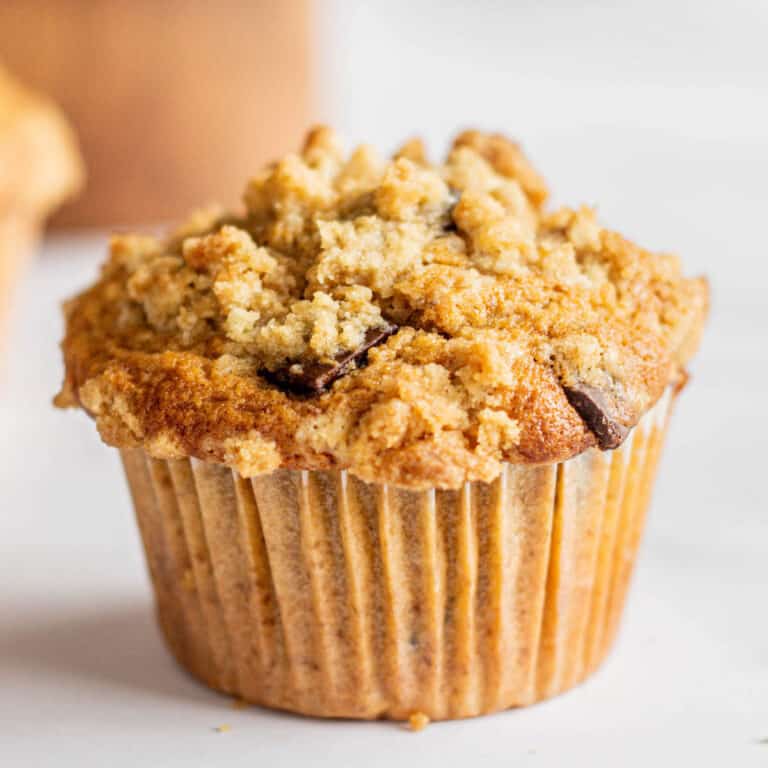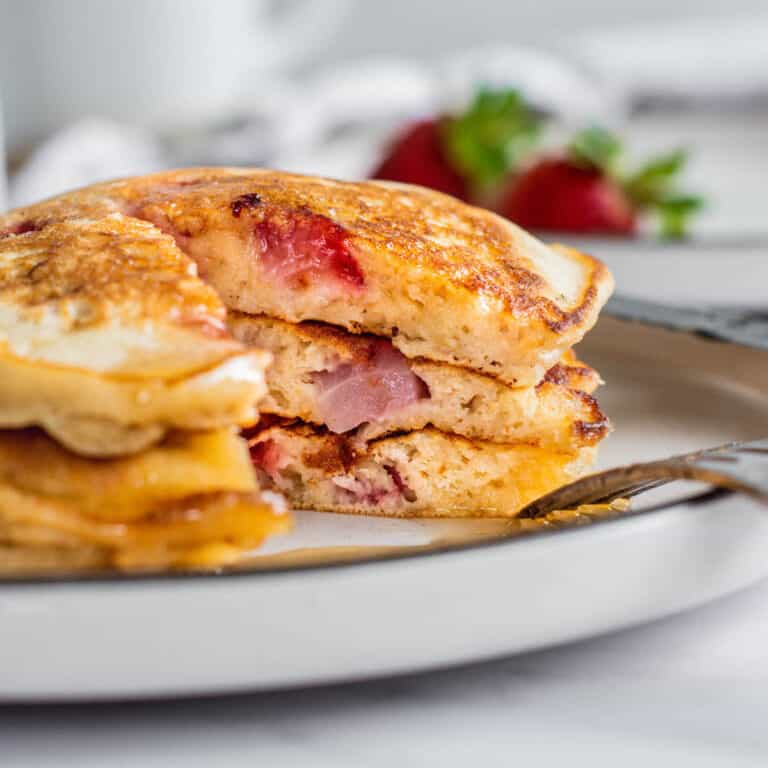The Different Types of Meringue
A meringue isn’t just a meringue. This delicate treat comes in many different versions. Understanding the types of meringues can show you which type is best for which dessert!
The different types of meringues
Meringues predominantly come in three main types – French, Italian, and Swiss. These variations depend on how the sugar is incorporated into the egg whites and how (or if) the meringue is cooked.
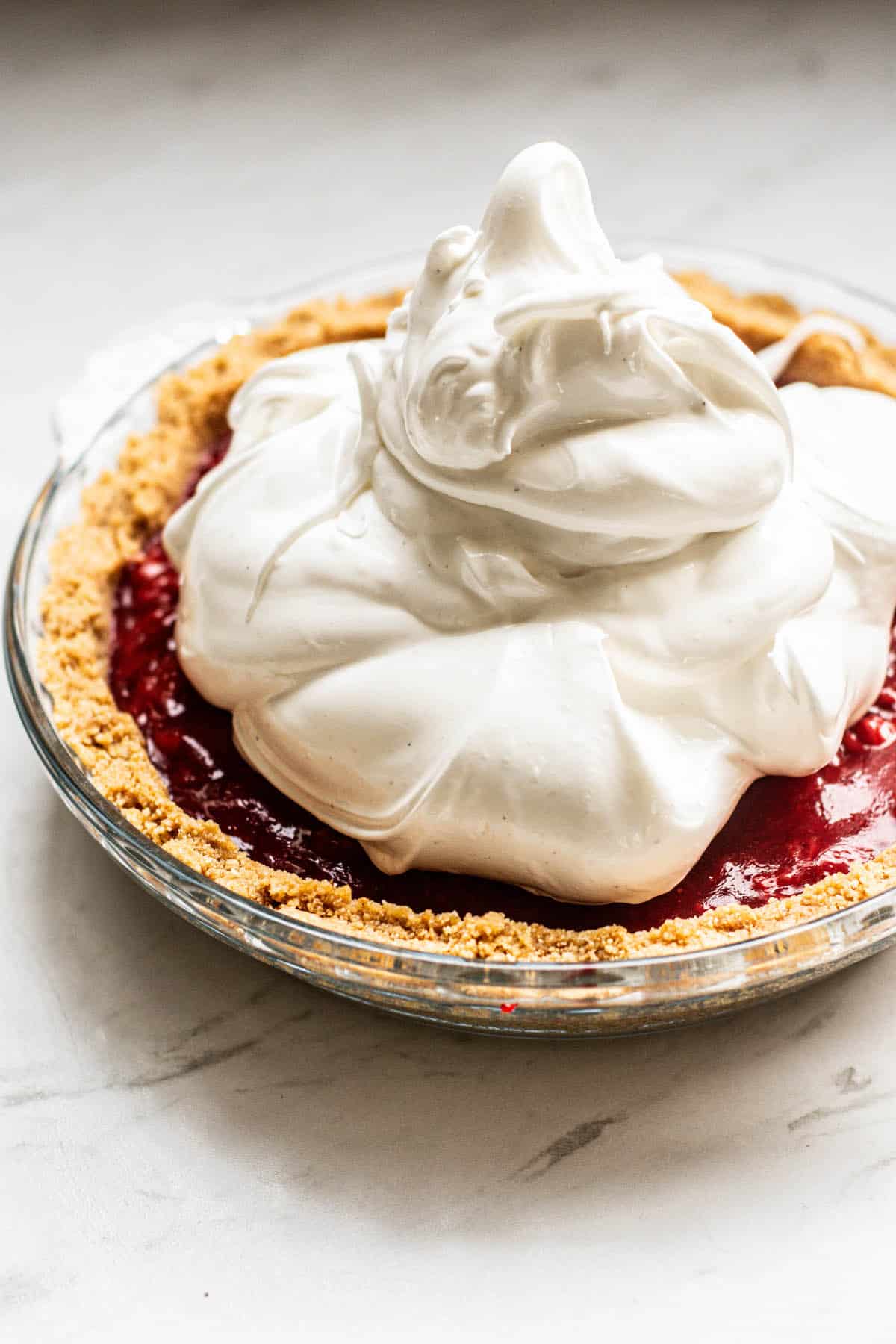
French Meringue
The French meringue is the simplest and most common of the meringue types. It begins with room-temperature egg whites beaten until soft peaks form. Gradually, sugar (either castor sugar or granulated sugar) is added until stiff peaks form. This creates a glossy, voluminous meringue.

This stiff meringue can then be spooned or piped onto baking sheets to form meringue cookies, pavlova, or be used as pie toppings.
It’s often used on lemon meringue pie, too, baked for bit in the oven. This creates quite a spongy meringue topping.

The French meringue is the least stable of the three types. It is usually baked at low temperatures to dry it out for the best results, giving it a crisp texture.
Italian Meringue
Italian meringue is made using a technique that involves creating a hot sugar syrup at the soft-ball stage and gradually pouring it into whipping egg whites. The heat of the syrup cooks the egg whites, making this the most stable of all meringues and safe to eat without further cooking.
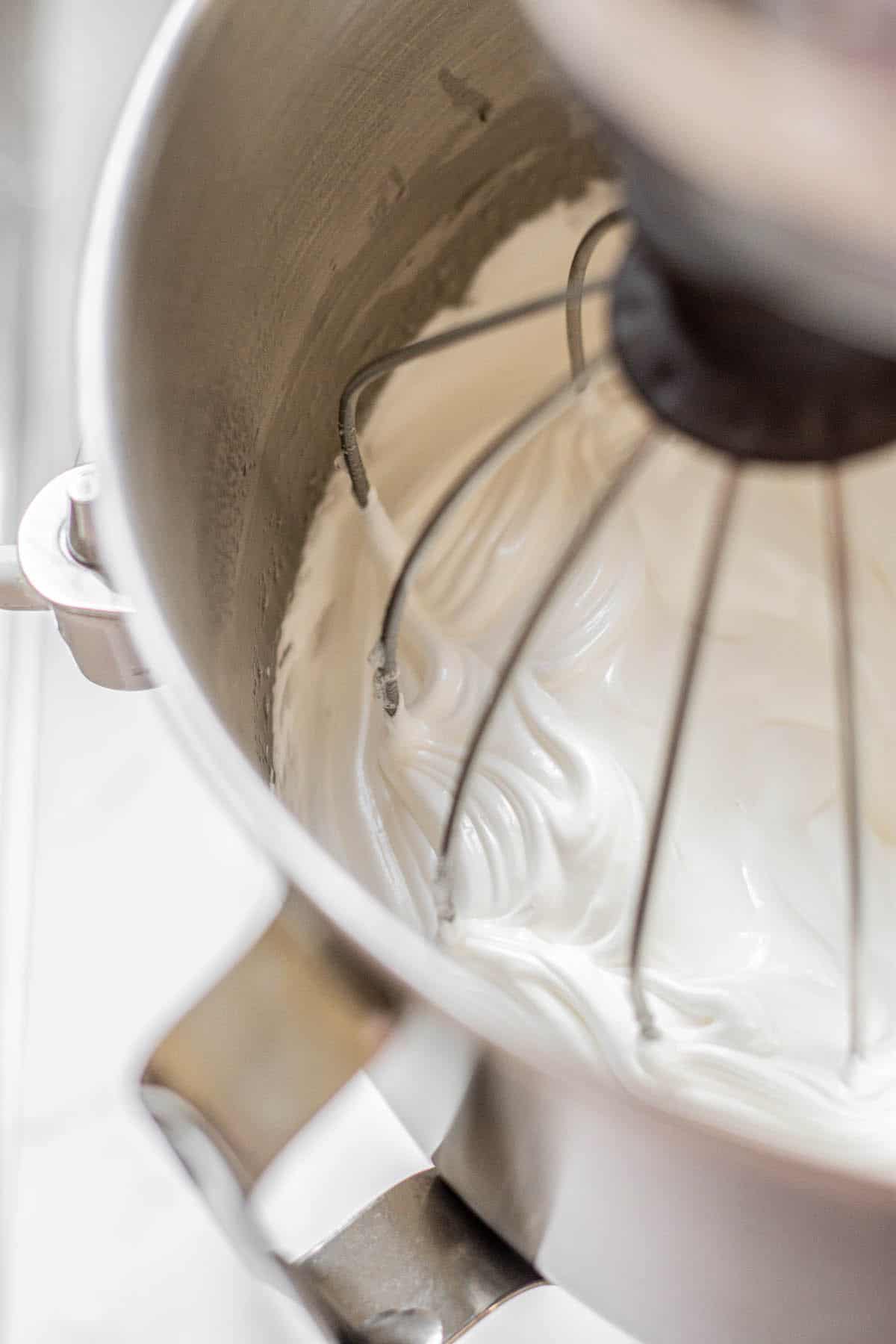
The Italian method produces a very glossy, firm meringue that holds intricate shapes well. It’s often used for lemon meringue pie too, and it’s torched to create the color and flavor. This meringue is used as the base of Italian buttercream frostings, and some mousses and whipped cream (Chantilly Meringuée). It’s also used as the base for Italian macarons.
This meringue can also be baked like French meringue to create a meringue cookie or crisp pavlova with a silky marshmalllow interior.

Swiss Meringue
Swiss meringue takes a slightly different approach again. The egg whites and sugar are combined in a heatproof bowl set over a pot of simmering water (a double boiler), and whisked until the sugar dissolves and the mixture reaches a temperature of about 160°F.
Then, the mixture is removed from the heat and beaten at high speed to form stiff peaks.

The Swiss meringue is more stable than the French version but less so than the Italian version. Its silky, marshmallowy texture is ideal for Swiss meringue buttercream, meringue kisses, or toasted meringue toppings. This one is my personal preference and I use it on this strawberry pie and this baked Alaska.
It can also be baked like the above two meringue variations. Swiss meringue is also used as icing for cakes and pastries because of its ability to hold intricate piped designs. These can then be torched with a kitchen torch to caramelize the outside.
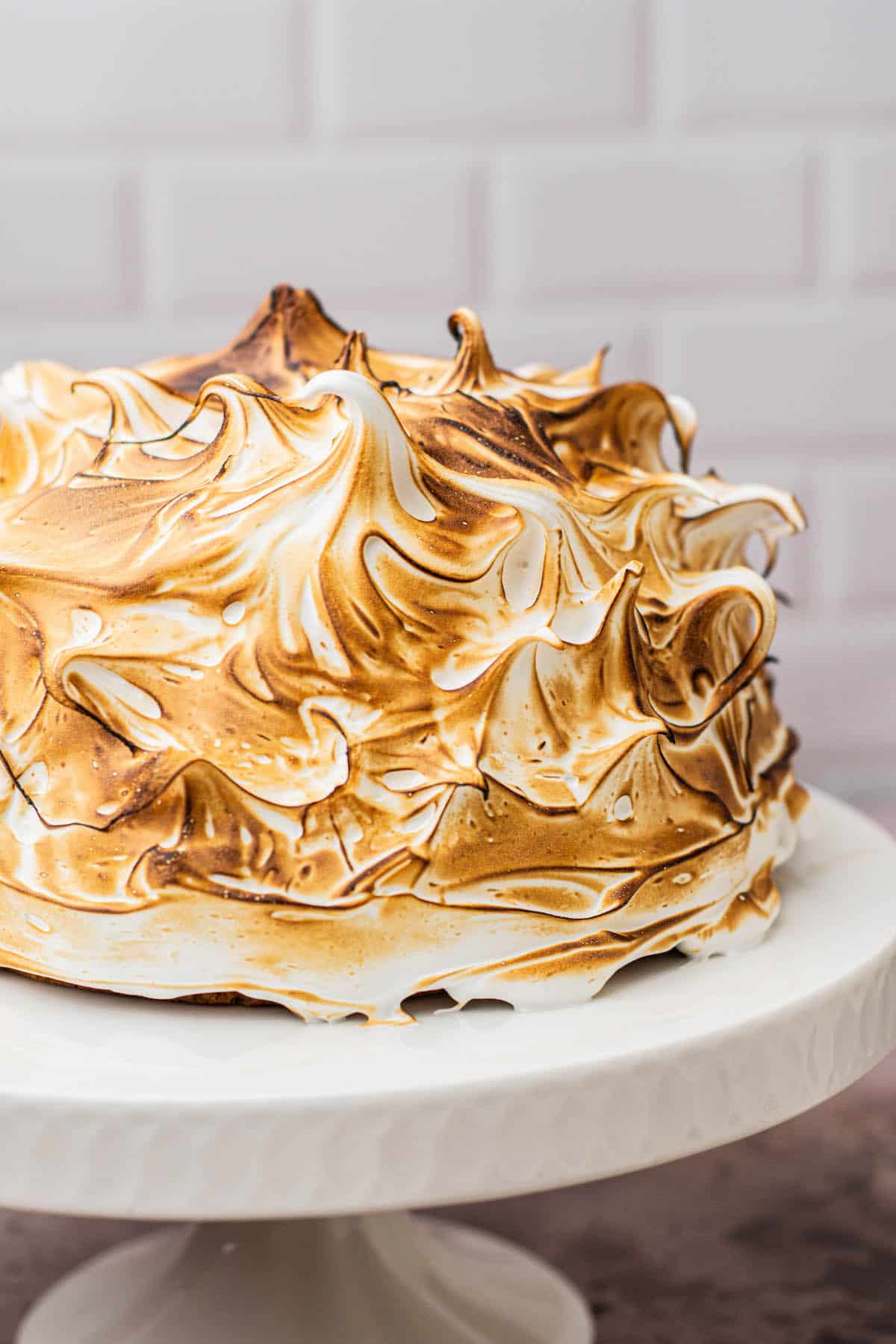
General tips for making meringues
Regardless of the type of meringue you’re making, certain universal tips can help ensure success:
- Ensure your bowl and whisk attachment are clean and dry. Any residual fat can hinder the formation of air bubbles in the egg whites.
- For a more stable foam, add an acidic ingredient like lemon juice, white vinegar, or cream of tartar. This helps to stabilize the egg proteins.
- Be patient during the whipping process. Too high a speed can lead to a less stable meringue. Over-whipping the meringue can cause it to be dry.
- Add the sugar gradually. This helps ensure the sugar dissolves properly and doesn’t weigh down the egg whites.
- Don’t cut back the amount of sugar in the recipe. Meringue needs a lot of it to give the correct texture.
- For best results, use fresh room temperature egg whites (or egg whites that have previously been frozen and now defrosted and at room temperature work well too.) Cold egg whites don’t get quite the same volume as room temperature.
